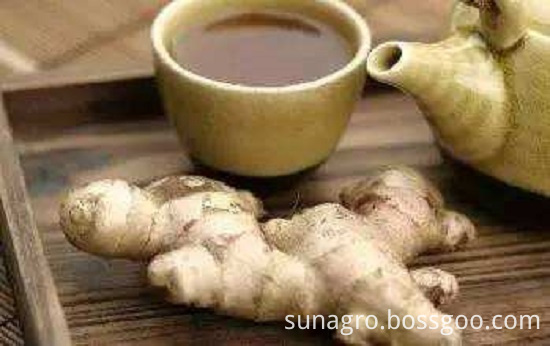New planting poplar management technology
1. Top dressing, watering. Scientific top dressing and watering are important measures to improve the nutritional status of forest trees, increase the growth of poplars and shorten the cutting cycle. Poplar topdressing can use nitrogen fertilizer or compound fertilizer, which has obvious effect of increasing yield. Newly planted saplings can be used less and later in the year. Fertilizing time: planting year in July to August is good, this time is the peak period of growth of poplars, when topdressing can play a multiplier effect. Fertilizer amount: 0.1 kg of urea per plant, which can be applied by four points, that is, within the distribution range of the roots of the trees, 4 wells with a depth of 20 cm are dug about 30 cm from the trunk, and the fertilizer and the soil are uniformly mixed and applied. Finally covered with soil. Topdressing should be done in conjunction with watering so that the fertilizer effect can be fully exerted early.
Watering is generally 4 times per year: before germination in late March; 5 to 6 months each year to promote the expansion of foliage; watering in summer drought; in November, pouring frozen water. After watering, it should be tilled and protected. After the new planting poplar is planted, it is necessary to pour it with water for one time. Note that the water in the forest should be promptly eliminated when the continuous raining occurs, so as not to affect the growth of the root system. In addition, the new planting poplar due to shallow roots, watering, after the rain easily fall to the wind, it is necessary to timely support the earth to step on the solid.
2. Pruning buds. Poplar sprouts strong, timely pruning can make the trunk straight and complete, to cultivate unskilled materials. After the initial planting, the buds should be promptly removed and the buds can be smeared below 50 cm. Try to keep more new branches and leaves, increase the photosynthetic area, accumulate nutrients, and raise roots to promote root growth. After autumn and winter leaves fall after the arrival of the spring to germinate before repairing or short-cut upper crown competitive branches, clear weak branches below the long branches.
3. Rilled soil. Planting trees, like growing grain, should be strengthened after the planting to prevent destruction of humans and animals, and weeding at the right time. It is very important for poplars to loosen and weed in the growing season. It can effectively prevent weeds and young trees from competing for soil moisture and nutrients, and improve soil aeration and water permeability, promote the reproduction of microorganisms and differentiation of soil organic matter, and improve the respiration of poplar roots. The depth of loose soil is generally 5 to 10 cm. It is shallow and deep inside. Do not hurt the roots. Every year, at least one cultivator should loosen the soil in order to prevent the soil from being hardened. The time can be carried out in the late autumn and early winter in conjunction with the overturning of the fallen leaves, or combined weeding during the growing season. The defoliation of poplar forest in Yangshufeng contains more nutrients. Combining cultivating and defoliating in the forest in the late fall and early winter each year helps maintain soil fertility and increase forest growth.
4. Diseases and pests control: New planting poplars have more roots and weak resistance when they go out of the nursery. In the spring, they are more arid and prone to poplar canker disease. Control methods: breeding resistant varieties, strengthening tree water and fertilizer management, and then using carbendazim, thiophanate-methyl 100 times liquid dry.
Poplar pests are mainly leaf-feeding insect pests: Populus ulmoides, Populus cynoides, Cylindrophicidae moth, American white moth, etc. Can be sprayed omethoate, beta-cypermethrin and other systemic insecticides 1500 times liquid prevention. For trees that do not survive, remove them in time to prevent transmission of disease.
Our company's Ginger, ginger body fat, thin pieces of large skin, bright yellow color, tendons less meat crispy, strong ginger flavor, no pollution, low fiber content, by the majority of consumers.It is rich in nutrition, contains ginger alcohol and gingerene, and has a wide range of USES.Jining hongshan trading co., LTD. Is a professional fruit and vegetable exporter, supplying hundreds of thousands of tons of ginger, Garlic, apple, pear and so on to foreign customers every year.The company is located in jining city of shandong province and has its own production base, processing plant, warehouse and cold storage.We take full advantage of our geographical advantages and rich experience in export.

Air Dried Ginger,Air Dried Yellow Fat Ginger,Air Dried Fresh Ginger,Air Dried Dry Ginger
Jining Sunagro Trade Co., Ltd. , http://www.sunagro-food.com